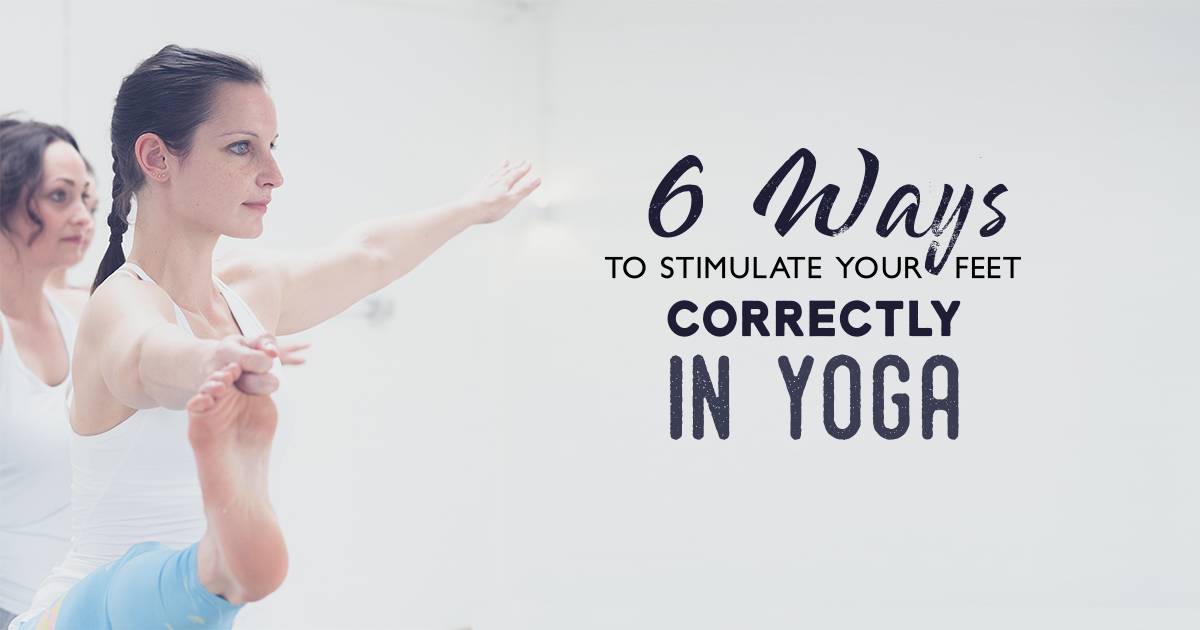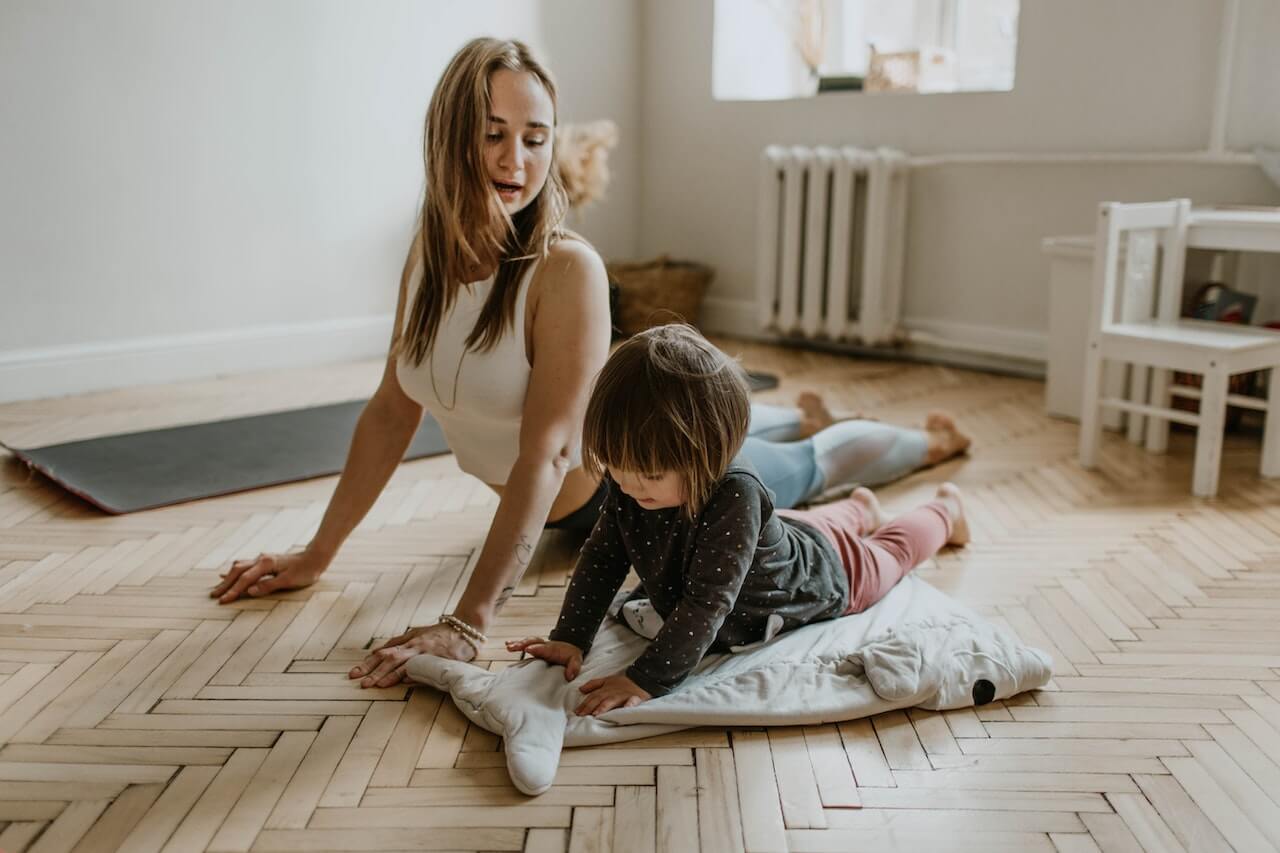Yoga standing poses are the cornerstone of a good yoga practice. The standing poses allow the most mobility of the joints in space and also demand a certain amount of strength to perform. For the reasonably healthy individual, standing poses should be part of their regular yoga practice. For beginners (and others!) standing poses can be very challenging. It can take time to develop the necessary strength and flexibility to carry the body weight in certain positions. Internal Awareness or Pro-prioception is a key factor in determining individual ability to perform a pose. Yoga is an excellent activity for developing balance and internal awareness in the practitioner.
- Bare Foot Bliss!
Most people do not have strong pro-prioceptive awareness in their feet. The feet are covered during day to day life for most of us and sometimes footwear can even restrict circulation in the feet; which can tighten the muscles and tissues of the foot. A key advantage that yoga class can give to students is the requirement to practice with shoes off! (Preferably bare foot!) Even spending a little time each week without shoes on can give the feet time to move without restriction, to experience direct contact with the mat and to be stimulated by the practice itself.
- Stimulating the feet for yoga standing pose practice
The feet are the contact with the mat. This contact is all important both physically and energetically for optimisation of standing pose practice and the skills involved:
1. Balance
Proprioceptive Awareness in the feet allows you to feel your position in space. Feeling into how your weight is distributed on the standing foot can help you to stay centred in poses that demand more of your balance. Practicing Vrksasana or Ardha Chandrasana can be excellent poses for this.
2. Flexibility
How the weight is distributed in the feet can affect the position and alignment of the bones. By building sensitivity in the feet, the practitioner is empowered to develop their practice by making micro-adjustments in their position – through the feet – for optimum results. For example, dragging the weight back to the inner heels to help deepen the femur heads (bones at the top of the thigh) into the hip sockets in Uttanasana.
3. Strength
Arguably, a key aspect of core stability comes from the arches of the feet. Creating a lift in the arches of the feet energises the legs to support the spine and the posture of the whole body. If the arches of the feet collapse through lack of stimulation or tightness then compensations occur higher up in the body to maintain an upright posture for day to day living. By both stimulating and strengthening the arches of the feet, in turn with strengthening the legs as a whole, yoga practice can help address postural issues and enhance overall wellbeing. All yoga standing postures help to create this strength but standing postures where the feet are wide apart – like Virabhadrasana 2 (pictured), Prasarita Padottanasana, Trikonasana and Utthita Parsvakonasana – are particularly good, as more work is needed energetically to access this lift when the feet are placed wider apart.
- Other Methods for Stimulating the feet for Yoga Posture practice
Outside of standing pose practice, two very important yoga poses for opening, stimulating and strengthening the feet are ‘Broken toe’ pose and Vajrasana.
4. ‘Broken toe’ pose
is kneeling upright with your feet on the balls of the feet. For many people, this can be very challenging to stay in for a long time but it is key for opening the muscles and tissues of the feet, particularly the arch of the foot. There are variations and modifications of this pose if necessary. It is very useful to practice this pose regularly to start to create enough stimulation in the feet to help develop yoga practice and foot awareness further.
5. Vajrasana
is kneeling upright with the tops of the feet flat. This can also be challenging for many people due to the stretch at the top of the foot and the front of the ankle. One modification can be to place a rolled or folded blanket underneath the fronts of the ankles to make the angle at the ankle joint less acute and to lift the base of the tibia away from the mat. Attempting to press evenly through the fronts of the toes and to keep the inner heels together underneath you gives this pose a strengthening activity to both the feet and the legs. Together these two poses give both flexion and extension of the foot at the ankle joint. Many of the yoga postures require these fundamental positions to be strong to optimise alignment and energetic flow.
6. Massage
Methods of self massage are numerous for the feet. There is the ‘Yoga handshake’ for stretching between the toes and opening the foot. There are many techniques for stimulating and opening the arches of the feet, including tennis or golf ball rolling, massaging with the thumbs or knuckles and so on. All of these methods are great for loosening any tightness in the feet, increasing awareness and developing sensitivity. Improving the overall experience of utilising the feet in the yoga practice can really enable the practitioner to enhance the overall experience of the yoga practice itself.




Leave A Comment